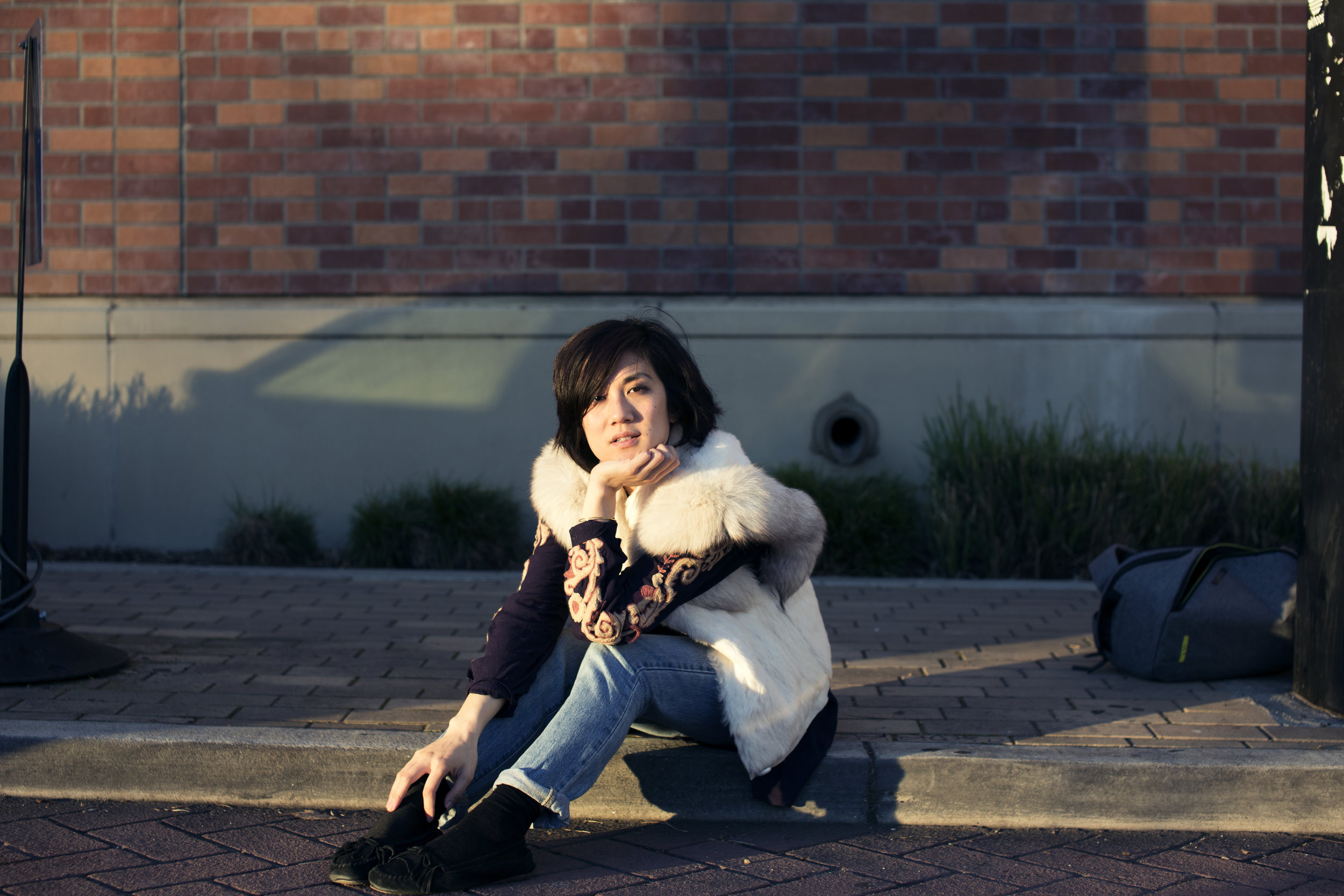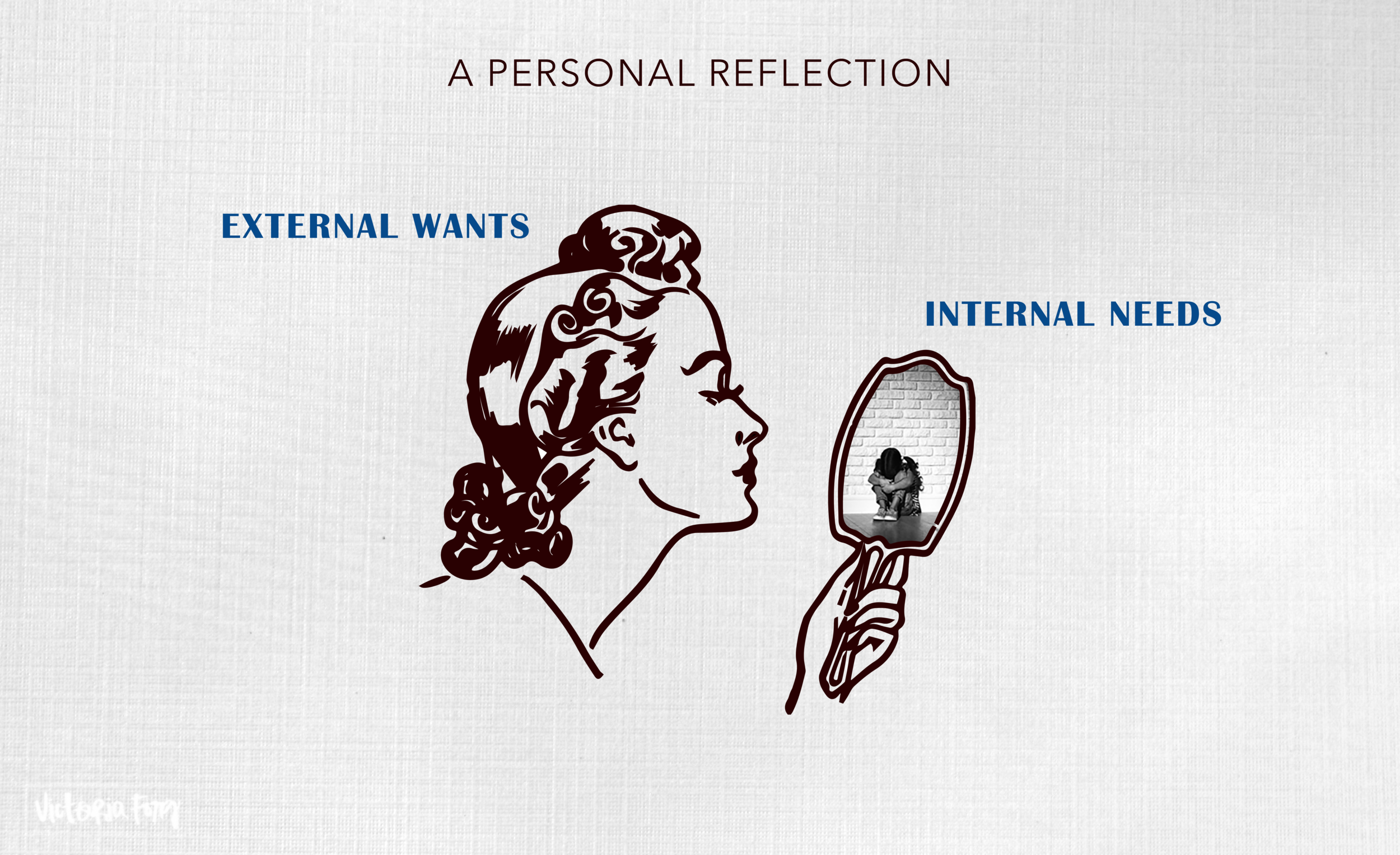Home Grown
Liberal; Democrat; Republican; Conservative; Green Party; Leftist; Rightest; Feminist; Extremist; Idealist; Supremacist; Racist; Nihilist; Idiot...
As a first-generation Chinese American, growing up in an immigrant household meant obliging to the status quo and politics limited to my father’s repetitive recounts of his escape from China during the Cultural Revolution of the 1940-50s: the treacherous trek through the mountains of South China with no food and barely any water; how he barely dodged the jaws of German Shepherd guard dogs that waited at the border; and the marathon swim away, with two makeshift floaties, from the dictatorial grips of former Chairman Mao Zedong’s regime. Most of these party labels had been (and admittedly still are) foreign to me like the alien descriptions of natural and artificial ingredients on the packaging of many All-American pantry staples. Before diving head-first into the world of American Politics — by none other than working at a political consulting agency during the notorious 2016 Presidential Elections — I had just accepted these labels as components of our “mixed soup” of a nation without necessarily knowing the “nutritional value” of each party. In the spirit of the iconic Andy Warhol fixture, here is my instant mental meal on the 2016 elections.
Andy Warhol’s Campbell Soup (source)
A Consumable Course
As I savored the memories of my brief stint in politics, I couldn’t help but appreciate the semi-homemade flavor of American politics (as it was based off the classic British system) that has fed our nation’s growth. How we’ve been able to prepare a consumable “course” (pun intended) over the last two centuries with a generally unmodified recipe for choosing our “head chef” fitted with a 4/8-year expiration date. Of course, comparing our political system to an American pantry staple is a bit over-simplified. A lot has changed since Black-Americans, women, and immigrants were finally allowed to join the democratic voting club despite our historical contributions since the pilgrims parked their Mayflower. And people with a preference for the same sex, who probably have been sending a buttload of tax dollars to Uncle Tom (aka they’re rich), have been given equal marriage rights. Yet, we continue to palate this perpetual struggle of maintaining the rules of engagement when the focus should be on adapting the political strategy with the growing variability in domestic and international markets. Rising sea levels caused by climate change sure aren’t going to slow down for our policymaking system. Hopefully, new Green technologies and hacker communities will step up to fill in the deficit.
International Soup (source)
One Serving fEEDS All
The economy of the United States is a highly developed mixed economy, decorated with the title of the world’s largest economy by nominal GDP and second largest by purchasing power parity (PPP). Despite the infusion of multicultural influences that is a hallmark to development in the U.S., the diversity of third-party voters wound up costing the possible election of the lesser evil. For example, Donald Trump’s victory in Florida, the perennial swing state, was by a margin of barely over one percent of the electoral votes (1.2% to be exact). Without third-party votes, especially the ones for the Libertarian Party and Green Party candidates, Secretary of State Hillary Clinton could have taken 29 electoral votes and possibly the lead in the 2016 Presidential elections. She would ultimately sweep the largest number of votes nationwide (2.87 million), but Trump would win by a margin of 2.1% of the electoral votes by 306 electors from 30 states (since a majority of the 270 electoral votes is required to elect the President). With our voting system set up for advancing one homogenous organization, one wonders of the flavor we’re missing sans ingredients from all other parties.
MAO by Andy Warhol, 1972 (source)
Visual Appeal
Relentless public relations campaigns also seemed to be focused on perpetuating the reputation of a candidate rather than the resolutions aimed at economic and social reform. Much like Warhol’s Campbell Soup can series, his series of Chinese dictator Mao Zedong had been a response to the Communist Party propaganda machine, which was replayed throughout the United States’ news coverage of President Richard Nixon’s groundbreaking 1972 visit to that nation. The variations of Mao captures and perpetuates an image of celebrity status, but glazes past the economy crippled by his catastrophic Great Leap Forward push for breakneck industrialization in the late 1950s, and the 45 million people believed to have died in the Great Famine. As an exercise, what do you recall from the 2016 political campaigns? And how is it working out so far?
Campbell’s Corporate Headquarters (source)
Corporate Culture
To fund such campaigns, leadership in Congress has historically focused more on the capacity of lawmakers to raise money, rather than their policy expertise and merit on legislative issues. On a local level, the lack of fundraising for political paper mailers (a strange twilight zone in itself for ballot measure marketing) could ironically cost the distribution of resources for improving outdated school programs and facilities (e.g. through bonds and parcel taxes) — and ultimately prevent the upper movement of the typical lower-middle class American girl in an ever-accelerating digital world. As for the 2016 Presidential Money Race, the candidates Hillary Clinton and Donald Trump’s money pots bubbled over $6.4 billion for the process alone. Seems a bit like America’s fascination with the industrialised process of canned soup production — collect all the season’s production of tomatoes (cash, money), reinforce it with preservatives (political campaign promises), and prepare one heritage recipe of a soup (President) to semi-substantially support a population’s sustenance (future economic viability).
WIN Soup (source)
Rave Reviews
And to lock down more votes, targeted messaging used in these political campaigns are often based on polling data from surveys that have been commissioned by newsrooms, advocacy groups, and political parties to target questions that the ideal target group would be interested in (cough* cough* White, male, high-income bracket) — because Lord knows nobody else really knows the tax-reduction strategies used under the guise of charity organizations. Yet bias and inaccuracies of 2016 polling trends may have resulted from inaccurate sampling — kind of like sampling cold soup with the noodles (consistent voters) settled at the bottom and fresh herbs (new voters) thrown in for added edibility. Initial polling had predicted that democratic candidate Hillary Clinton would possibly take the lead by a few points. However, one wonders if this polling data was accurately representative of the actual voting population or if the data had created false confidence in the voter turnout by state.
Political Brain Soup (source)
Sweet Dreams
The process of selecting political candidates and approving measures seems like an excessively cumbersome process that essentially involves a “social” bartering system for heavily technical information that can have globally catastrophic impacts. By definition, politics employs a league of middle-men to monitor the emotional feedback of the masses. Based on my personal experience, such a process becomes problematic when decision-making involves too many channels, methods employed are clumsy for current conditions, and resources are inequitably distributed for a hypothetical “greater good.” Perhaps one day voting with blockchain will be possible, Green Economists will be trusted to divvy up the funds to appropriate ventures for designated geographic territories, and we’ve all learned to be more effective with our resources by at least cutting back on our favorite preservative-saturated sustenance. But until then, may we all (especially Asian-American adult citizens) begrudgingly tally-off our paper ballots by Election day, complain about the taxes that corporate entities should be paying, and serve up more of that political soup. -VF
(Update: Edited in 2019)








